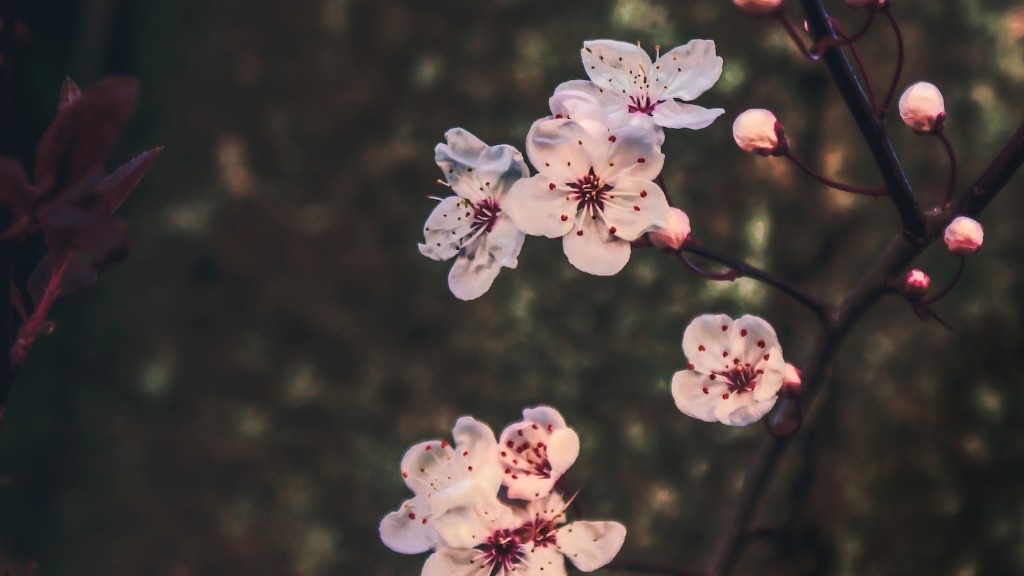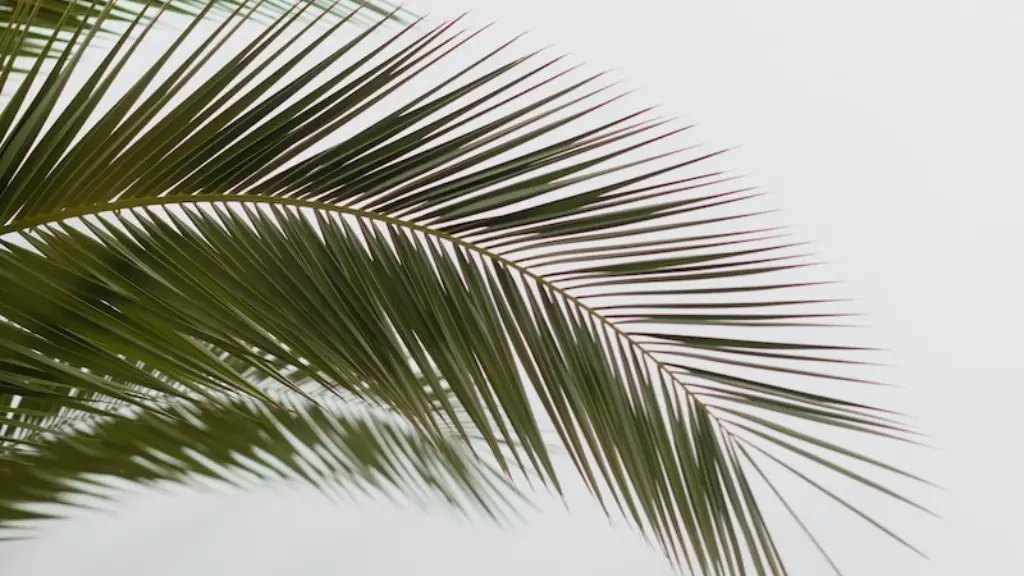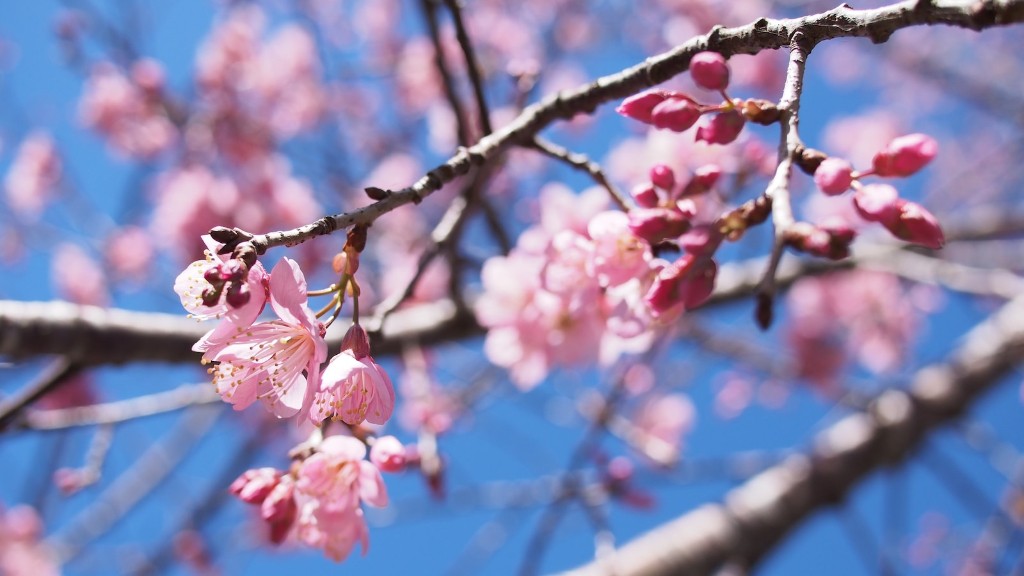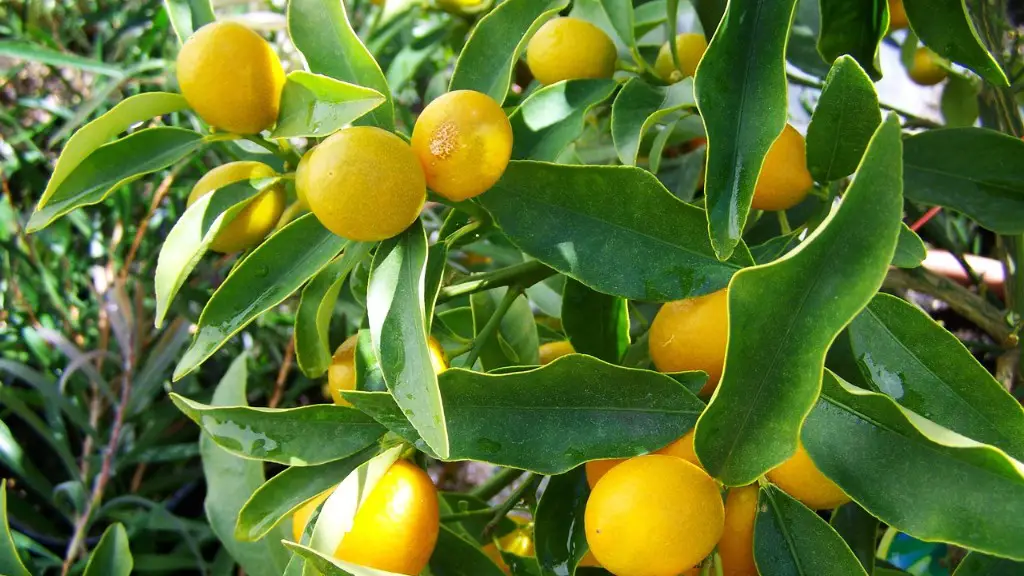Growth Requirements
The barbados cherry tree, or the Malpighia glabra, is a tropical evergreen tree native to the Caribbean, Mexico, and South American countries. It is recognized by its small, deep red fruit, resembling a small cherry. The barbados cherry tree produces densely packed white flowers that give off a pleasant scent. In order for the tree to thrive, it needs heat, medium rainfall, and well-draining soil. Depending on the location, the USDA Hardiness Zones for the tree ranges from 9-11.
The barbados cherry can be planted in full sun or partial shade, although they tend to produce higher yields if they are grown in full sunlight. Soil has to be well-draining and acidic, ideally with a pH range of 5.5-7.0; it should also contain a mix of organic content and perlite for optimal aeration.
The tree is considered drought-tolerant; however, it should be watered regularly and deeply for optimum growth. When mature, the tree may reach a height of up to 15 feet and a width of 6 feet. If kept as a bonsai, the barbados cherry tree requires specialized care and attention.
Pruning
The barbados cherry tree should be pruned twice a year during its active growth periods, in late spring and late summer. During the late spring pruning, the focus should be on removing dead wood, crossing branches, and any shoots that did not bloom in the previous year. Doing so helps to encourage air flow and open up the tree’s canopy and ensure optimal growth.
During the late summer pruning, the focus should be on encouraging and maintaining a desired shape. It is recommended to prune the tree with small pruning shears, avoiding the use of bigger shears that can bruise the tree tissue. Additionally, when pruning, the cuts should be placed at a 45-degree angle on desired branches and kept away from the base of the tree.
Fertilizing
To ensure optimal growth, the barbados cherry tree should be fertilized with a slow-release nitrogen fertilizer in the early spring for both young and mature trees. Fertilizing should be done in accordance with the product directions. After fertilizing, the soil should be lightly raked around the base of the tree to ensure better absorption of the nutrients.
It is also beneficial to lightly mulch the base of the tree in order to help the soil maintain its moisture and keep the roots cool. If the tree is in a pot, it is important to make sure the soil is not too moist as it can cause root rot. The tree should not be overfertilized, as it can lead to root burn and leaf burn.
Pest Control
The barbados cherry tree is very susceptible to pests and disease, such as fungal and bacterial infections. In order to protect the plant it is important to regularly inspect the tree for any signs of pests or disease. If the tree is infected, it is recommended to use a fungicide or insecticide to treat the infection.
In order to prevent pests, it is important to make sure the tree is not stressed, as it will attract insects. If the tree is not getting enough water or nutrients it is more likely to become infested. Additionally, any fallen leaves or fruit should be removed and discarded immediately to avoid attracting pests.
Harvesting
The barbados cherry tree produces small, deep red fruit – similar in size to cherries. The fruit ripen from late spring to early summer and can be harvested from the tree once they are ripe. The fruit can be used in a variety of ways – as a sweet treat, in jams and jellies, or as an ingredient in salads and desserts.
It is important to harvest the fruit in the morning when conditions are cool and to pick the fruit from the branches as gently as possible, as the branches are oftentimes fragile. The fruit can be stored in a cool, dark place for up to four days.
Protecting Against Cold Weather
The barbados cherry tree will not survive temperatures below 32°F, so it is important to protect the tree during the winter months in areas with cold weather. The tree should be covered with a breathable fabric such as burlap and mulch should be added to the base of the tree to help insulate the root system. If conditions are particularly harsh, it is recommended to water the tree during the winter months.
Watering
The barbados cherry tree should be watered deeply and regularly, ideally once a week during the hottest months, and every other week during the cooler months. The soil should be allowed to dry in between waterings – it is important to avoid overwatering, as this can lead to root rot. Additionally, it is important to make sure that the water is reaching the root system and not just the topsoil. A slow trickle of water will ensure the water reaches the roots.
Pollinators
The barbados cherry is an important source of food for a variety of pollinators, such as bees, butterflies, and hummingbirds. To maximize the pollination potential of the tree, it is important to plant the tree in a location that will receive a lot of sunlight, as well as plant other flowering plants nearby. Additionally, providing a water source for the pollinators can help to attract more to the tree.
Protecting Against Diseases
The barbados cherry tree is prone to a variety of diseases, such as bacterial spot, powdery mildew, and canker. To prevent these diseases, it is important to prune the tree regularly and inspect it for any signs of pests or disease. If the tree is infected, it is recommended to use a fungicide or insecticide to treat the infection.
Pruning to Increase Yield
In order to increase the yield of the barbados cherry tree, it is recommended to prune the tree regularly and shape it into an open vase shape. This will encourage the tree to produce more flowers and fruit. Additionally, thinning the tree can help to increase the quality of the fruit, as more resources and sunlight will be available to the ripe fruits.



